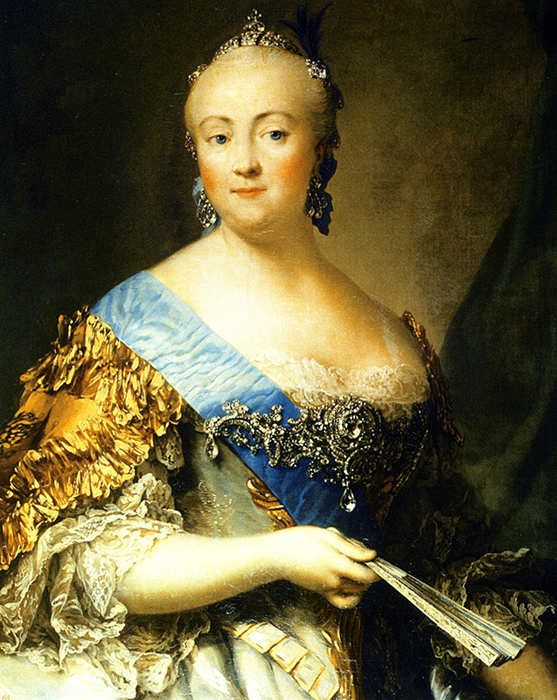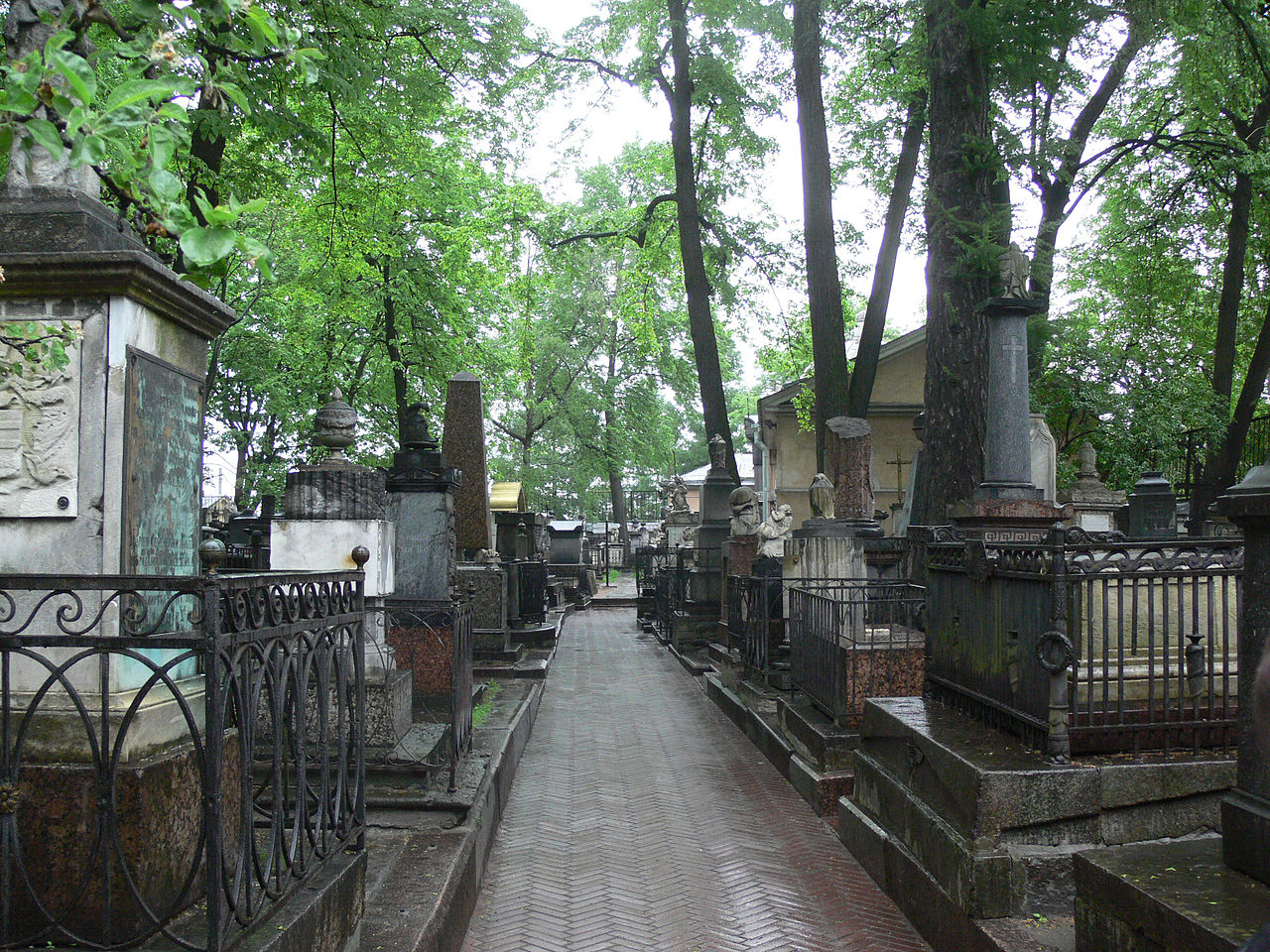by Susan Flantzer © Unofficial Royalty 2020

Omar Ali Saifuddien III, Sultan of Brunei; Credit – Wikipedia
Omar Ali Saifuddien III, Sultan of Brunei was born at the Istana Kota in Kampong Sultan Lama, Brunei Town (now Bandar Seri Begawan), Brunei on September 23, 1914, one of the ten children of Muhammad Jamalul Alam II, Sultan of Brunei and his two wives, Fatimah binti Pengiran Tua Omar Ali (died 1947) and Tengah (died 1924). For some of Omar’s siblings, it is unclear which wife is their mother, and when they were born and died. It is thought that Omar’s mother was Fatimah.
Omar’s five brothers:
- Bongsu (1908 – 1910)
- Ahmad Tajuddin, Sultan of Brunei, son of Fatimah (1913 – 1950)
- Anum, son of Tengah (? – 1924)
- Gambar, son of Tengah (? – 1924)
- Bagol (? – 1945) died during the Japanese occupation of Brunei
Omar’s four sisters:
- Besar, daughter of Fatimah (1902 – 1993)
- Tengah (1910 – 1969)
- Damit (1911 – ?)
- Tinggal
Omar’s father Muhammad Jamalul Alam II, Sultan of Brunei died on September 11, 1924, at the age of 35 during a malaria outbreak along with his wife Tengah and two of his sons. Omar’s surviving elder brother eleven-year-old Ahmad Tajuddin became the Sultan of Brunei. Brunei was part of the British protectorate North Borneo and Sir Roland Evelyn Turnbull, a British colonial official and Governor of British North Borneo, was a mentor to Omar while he was growing up. Omar came to regard Sir Roland as a replacement for his father who had died when Omar was ten-years-old. It was Sir Roland who suggested that Omar enroll at the Malay College Kuala Kangsar in Perak, British Malaya (now in Malaysia) which Omar attended from 1932 – 1936. Omar was the first Sultan of Brunei to attend a foreign educational institution.
After graduating from college, Omar had several jobs that gave him valuable experience. In his position in the Forestry Department in Kuala Belait, he closely worked with people in villages and remote areas and was able to better understand their problems and their needs. When he worked in the Judiciary Department, also in Kuala Belait, he was able to learn about the Criminal and Civil Procedure Code. When working as an administrator in the British Resident’s Office, he studied and perfected his English language skills. After World War II, Omar was appointed a member of the Brunei State Council and chairman of the Shariah Court which deals with Islamic religious law.
Omar married three times:
- Amin binti Pehin Orang Kaya Pekerma, married in 1937, divorced in 1944, no children
- Princess Damit binti Pengiran Bendahara Seri Maharaja Permaisuara (1924 – 1979), married in 1941 his second cousin, the mother of his ten children (see below)
- Princess Salhah binti Pengiran Bendahara Seri Maharaja Permaisuara (? – 2011), married in 1980 his second cousin, the sister of his deceased second wife, no children

Sultan Omar and his wife Sultana Damit visiting a British navy ship in the 1960s; Credit – Wikipedia
Omar had four sons and six daughters with his second wife Damit:
Sons:
- Hassanal Bolkiah, Sultan of Brunei (born 1946), married (1) married 1965 his paternal first cousin Princess Saleha binti Al-Marhum , Sultanah of Brunei (born 1946), had six children (2) married 1982 Mariam Abdul Aziz, had three children, divorced in 2003 (3) married 2005 Azrinaz Mazhar, had two children, divorced 2010
- Prince Mohammed (born 1948), married his first cousin Princess Zariah binti Al-Marhum, had ten children
- Prince Sufri (born 1951), married (1) Princess Salma binti Pengiran Anak Muhammad Salleh, had three children, divorced (2) Ruhaizah binti Ibrahim, had one child (3) Mazuin binti Hamzah, had two children, divorced (4) Princess Faizah binti Dato Haji Nasir, had four children, divorced
- Prince Jefri (born 1954), married (1) Princess Norhayati binti Pengiran Jaya Negara, had three children (2) Fatimah binti Abdullah, no children (3) Ayen Munji, one child, divorced (4) Jefrida binti Mohammed, one child (4) Salma binti Abdullah, one child
Daughters:
- Princess Masna (born 1948), married (1) Prince ‘Abdu’l Rahman, no children, divorced (2) Prince Laila Cheteria Sahib ul-Najabah, had five children
- Princess Nor’ain (born 1950), married Pangiran Maharaja Laila Sahib ul-Kahar Pangiran Anak Haji Muhammad Yusuf, had eight children
- Princess ‘Umi Kalthum al-Islam (born 1956), married Prince Indira Setia di-Raja Sahib ul-Karib Pangiran Anak Haji Idris, had five children
- Princess Rakiah (born 1957), married PrincIndira Negara Pangiran Anak Tahir ud-din, had two children
- Princess Nasibah (born 1960), married Prince Negara Indira Pangiran Dato Laila Utama Haji Kamar ul-Zaman, had two sons
Princess Jefriah (born 1963), married Prince Muhammad Bey Muntassir, had five children
Embed from Getty Images
Omar Ali Saifuddien III, Sultan of Brunei, arriving for an audience with Queen Elizabeth II in London, November 6, 1957
Omar’s brother, Ahmad Tajuddin, Sultan of Brunei died on June 3, 1950. Because his brother had no male heirs, Omar succeeded to the throne of Brunei. In 1959, a constitution went into effect that gave Brunei self-government with the power to rule the domestic affairs of the country in the hands of the Sultan of Brunei, an important step toward complete independence from the United Kingdom, which would come in 1984.
On October 4, 1967, Omar voluntarily abdicated in favor of his eldest son Hassanal Bolkiah but he still wielded most of the power in Brunei for a number of years. At the coronation of his son, Omar placed the crown upon Hassanal Bolkiah’s head. Omar became his son’s personal adviser and guided him in carrying out the duties as the Sultan in preparation for the time Brunei would eventually become an independent and sovereign country.
Embed from Getty Images
Prince Charles, Prince of Wales, now King of the United Kingdom, visits Brunei to officially confer independence on the nation, speaking to Omar Ali Saifuddien III, the former Sultan of Brunei, 1984
At the stroke of midnight on December 31, 1983, Brunei became an independent country. Omar was appointed by his son Sultan Hassanal Bolkiah to be Minister of Defence in Brunei’s first cabinet and received the rank of Field Marshal in the Royal Brunei Armed Forces.
Omar Ali Saifuddien III, the former Sultan of Brunei died at the Istana Darussalam in Bandar Seri Begawan, Brunei on September 7, 1986, two weeks before his 72nd birthday. A state funeral was held on September 8, 1986, attended by many world leaders. His body lay in state at the Lapau, the ceremonial hall where the royal ceremonies of Brunei are traditionally held, in the capital city of Bandar Seri Begawan before being moved to nearby Omar Ali Saifuddin Mosque for the funeral. His casket draped with his royal standard flag was placed on a carriage for the funeral procession around the capital city. Sultan Omar was buried in the Kubah Makam Diraja Brunei, the Royal Mausoleum in Bandar Seri Begawan, Brunei in the main dome alongside the three previous Sultans of Brunei: his grandfather Hashim Jalilul Alam Aqamaddin, his father Muhammad Jamalul Alam II and his eldest brother and predecessor Ahmad Tajuddin.

Tomb of Omar Ali Saifuddien III, Sultan of Brunei; Credit – www.findagrave.com
This article is the intellectual property of Unofficial Royalty and is NOT TO BE COPIED, EDITED, OR POSTED IN ANY FORM ON ANOTHER WEBSITE under any circumstances. It is permissible to use a link that directs to Unofficial Royalty.
Works Cited
- En.wikipedia.org. 2020. Omar Ali Saifuddien III. [online] Available at: <https://en.wikipedia.org/wiki/Omar_Ali_Saifuddien_III> [Accessed 10 August 2020].
- Ms.wikipedia.org. 2020. Sultan Haji Omar ‘Ali Saifuddien Sa’adul Khairi Waddien. [online] Available at: <https://ms.wikipedia.org/wiki/Sultan_Haji_Omar_%27Ali_Saifuddien_Sa%27adul_Khairi_Waddien> [Accessed 10 August 2020].
- Royalark.net. 2020. Brunei Royal Genealogy. [online] Available at: <https://www.royalark.net/Brunei/brunei12.htm> [Accessed 10 August 2020].

























